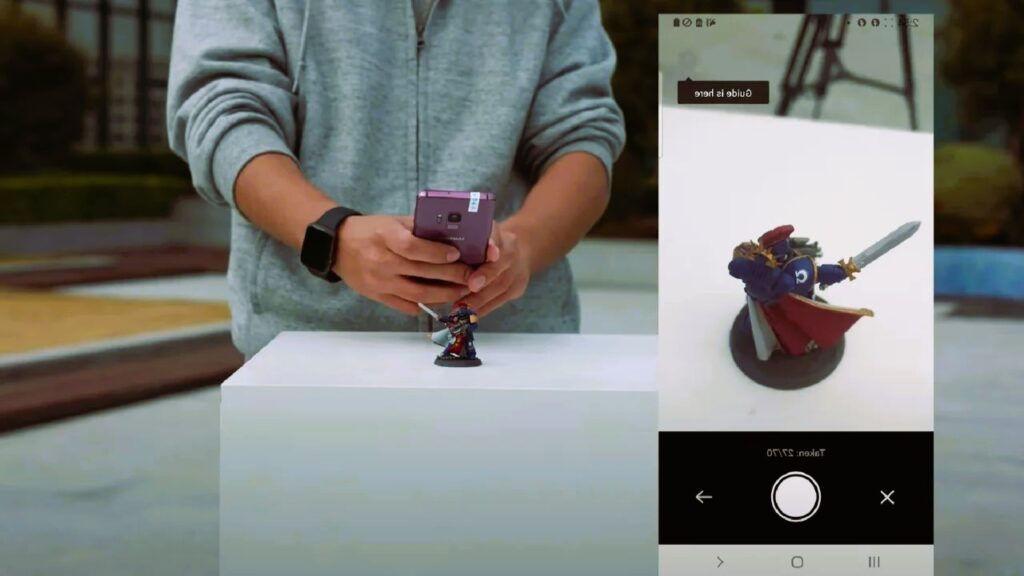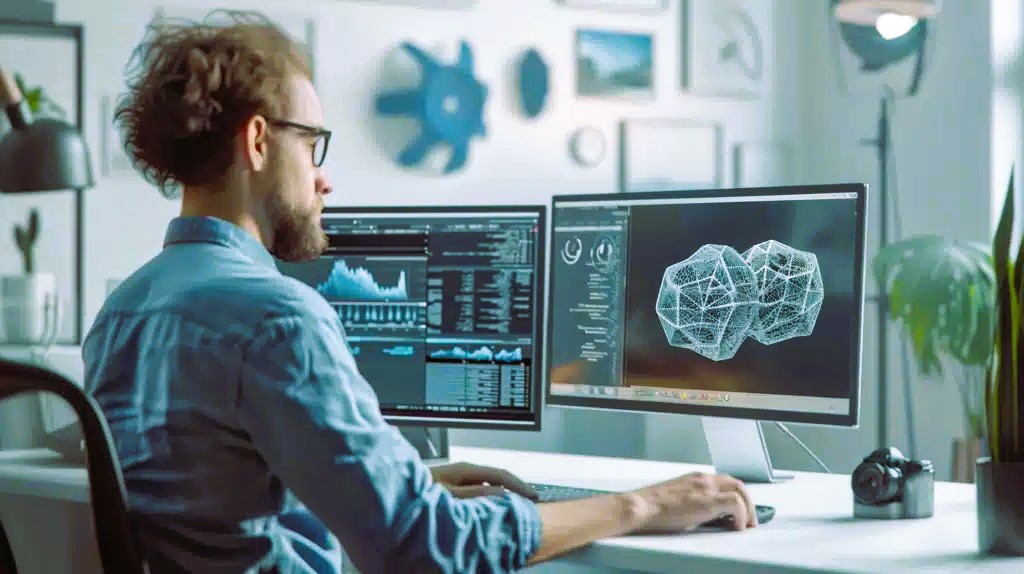In recent years, 3D printing technology has made its way into a multitude of industries, from healthcare to automotive, and its influence has also reached the gaming world. While 3D printing is often associated with physical objects, it has become an essential tool for mobile game and app development, offering a wide range of benefits that extend beyond the creation of real-world gaming accessories and collectibles. In this article, we will explore how 3D printing is impacting mobile game development, enhancing the design process, and contributing to the innovation of gaming experiences.
The Role of 3D Printing in Mobile Game Development
Mobile game development traditionally focused on software: writing code, designing graphics, and creating gameplay mechanics. However, with the introduction of 3D printing, developers can now integrate physical elements into their mobile games, pushing the boundaries of interactive experiences. Here are some of the key ways that 3D printing is shaping mobile game and app development:
1. Creating Real-World Game Elements
One of the most significant impacts of 3D printing in mobile gaming is the ability to create real-world, physical elements that interact with mobile apps. Game developers can now design physical accessories, such as controllers, figurines, and augmented reality (AR) markers, which are printed using 3D technology. These printed objects can enhance gameplay by creating a tangible connection between the virtual world of the game and the physical world.
For example, mobile AR games like Pokemon Go can use 3D printing to create custom figures of the characters that players can collect or interact with. Players can print their favorite characters and place them in real-world environments, enhancing their gaming experience. Similarly, developers can design custom controllers or other interactive peripherals that are optimized for their games, providing a more immersive experience for players.
2. Designing Game Assets and Objects
Game development often involves creating complex 3D models for in-game characters, environments, and objects. While these models are essential for mobile games, the ability to print them in physical form adds a new dimension to the design process. 3D printing allows developers to test how in-game objects will look and feel in real life, which can be incredibly useful when designing collectibles, figurines, or limited-edition game assets for fans.
Additionally, 3D printing can streamline the process of prototyping game objects and characters. Instead of relying solely on digital renders and mockups, developers can quickly print physical models, helping them visualize how in-game assets will appear in the final product. This allows for faster iterations and more refined designs, ultimately leading to better results in the game.
3. Prototyping Game Environments and Levels
In the mobile game development process, creating detailed and engaging environments is crucial. With the help of 3D printing, developers can prototype physical models of game levels, buildings, or landscapes. These physical models allow designers to gain a better understanding of how game environments will look and feel, which can inform the design of virtual environments in the app. Read about how open world games use 3D printing to create objects and locations at this link.
For example, in strategy or simulation games, developers might print out miniatures of buildings, vehicles, or landscapes that are used in the game. This gives them a tangible representation of the virtual game world, making it easier to plan and iterate on the design. These prototypes also serve as valuable marketing tools, allowing developers to showcase the physical aspects of their games in promotional materials and at conventions.
4. Improving the Prototyping and Testing Process

In the fast-paced world of mobile game development, prototyping and testing are critical steps in ensuring a game’s success. Traditional methods of prototyping involve digital mockups, wireframes, and simulations, but these can often be time-consuming and lack the realism that physical prototypes can provide. By utilizing 3D printing, developers can create realistic, interactive prototypes that closely resemble the final product.
For instance, 3D printing enables game developers to produce real-world objects such as custom controllers or physical representations of virtual in-game items. These prototypes can be tested by users, providing valuable feedback on how the final game will interact with real-world elements. By incorporating 3D printed prototypes into the testing process, developers can save time and resources while creating more intuitive and engaging mobile games.
5. Enhancing User Interaction and Personalization
Another benefit of 3D printing in mobile game development is its ability to enhance user interaction and personalization. As more mobile games move towards offering customized experiences, the ability to create unique, 3D-printed assets tailored to individual players is becoming increasingly valuable.
For example, players could print their own custom avatars, weapons, or accessories that are designed specifically for the game. This creates a deeper sense of ownership and connection with the game, as players are able to create and interact with physical representations of their in-game achievements. The level of personalization that 3D printing offers can transform mobile gaming into a more immersive and personalized experience for each player.
6. Integration with Augmented Reality (AR) and Virtual Reality (VR)
The integration of 3D printing with augmented reality (AR) and virtual reality (VR) technologies is opening up new possibilities for mobile game development. By combining physical 3D-printed objects with AR or VR apps, developers can create hybrid experiences that blend the physical and virtual worlds.
For example, in AR games, players could scan and interact with 3D-printed objects in the real world, which then appear in the virtual game environment. This kind of interaction enhances the immersive experience and can create unique gaming moments that wouldn’t be possible without the integration of 3D printing.
Moreover, with the growing popularity of VR gaming, 3D printing can be used to create customized controllers or haptic feedback devices that enhance the player’s experience. By incorporating 3D-printed peripherals into VR systems, developers can create more intuitive and immersive ways for players to interact with virtual worlds.
In conclusion, 3D printing is having a profound impact on mobile game development, offering game developers new ways to create immersive experiences, improve prototyping, and enhance user interaction. From designing real-world objects that interact with mobile games to streamlining the prototyping process, 3D printing is transforming how games are developed and experienced. As the technology continues to advance, it will undoubtedly play an even greater role in shaping the future of mobile gaming.
For more information on how 3D printing is shaping industries like gaming, check out Wikipedia on 3D Printing.

